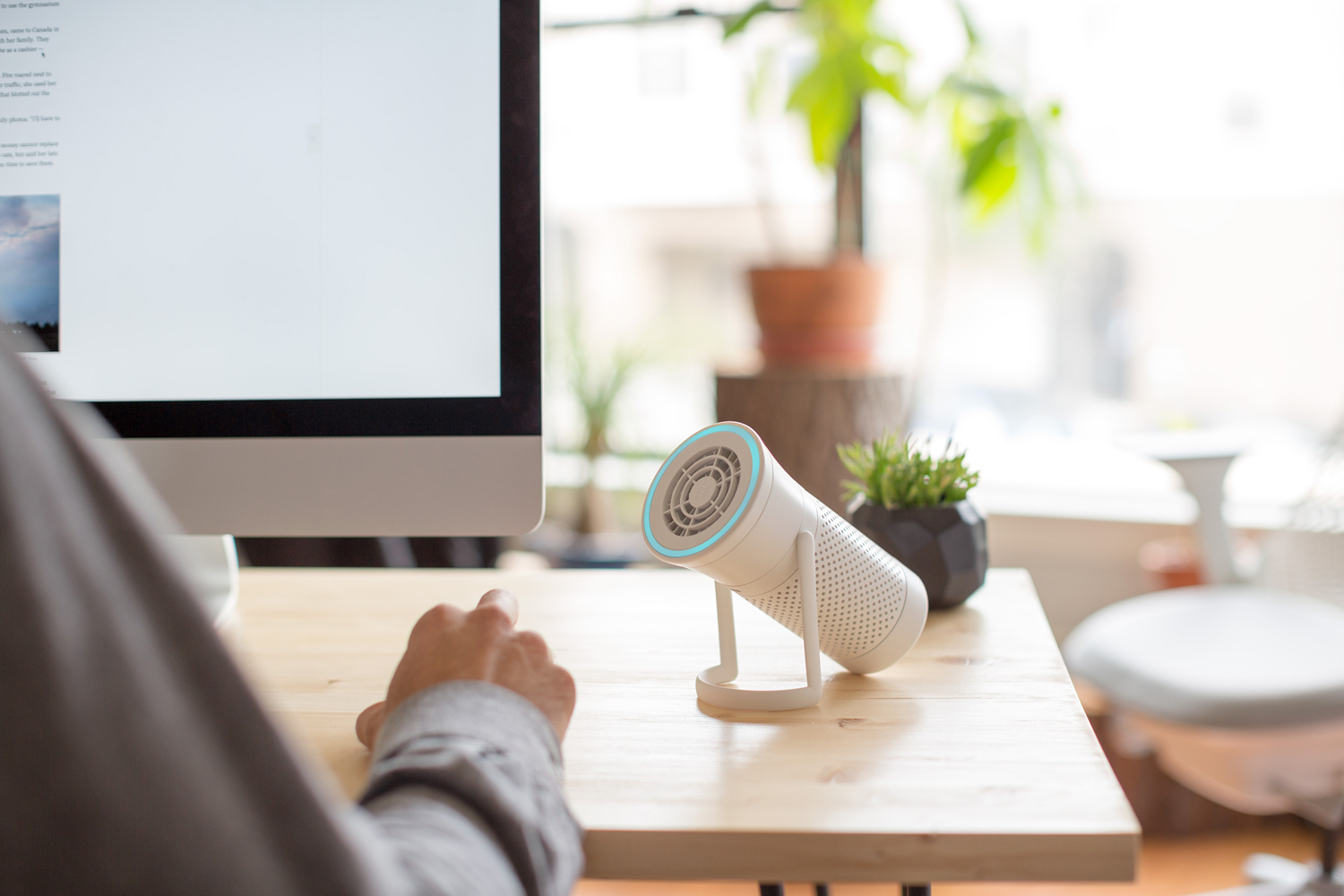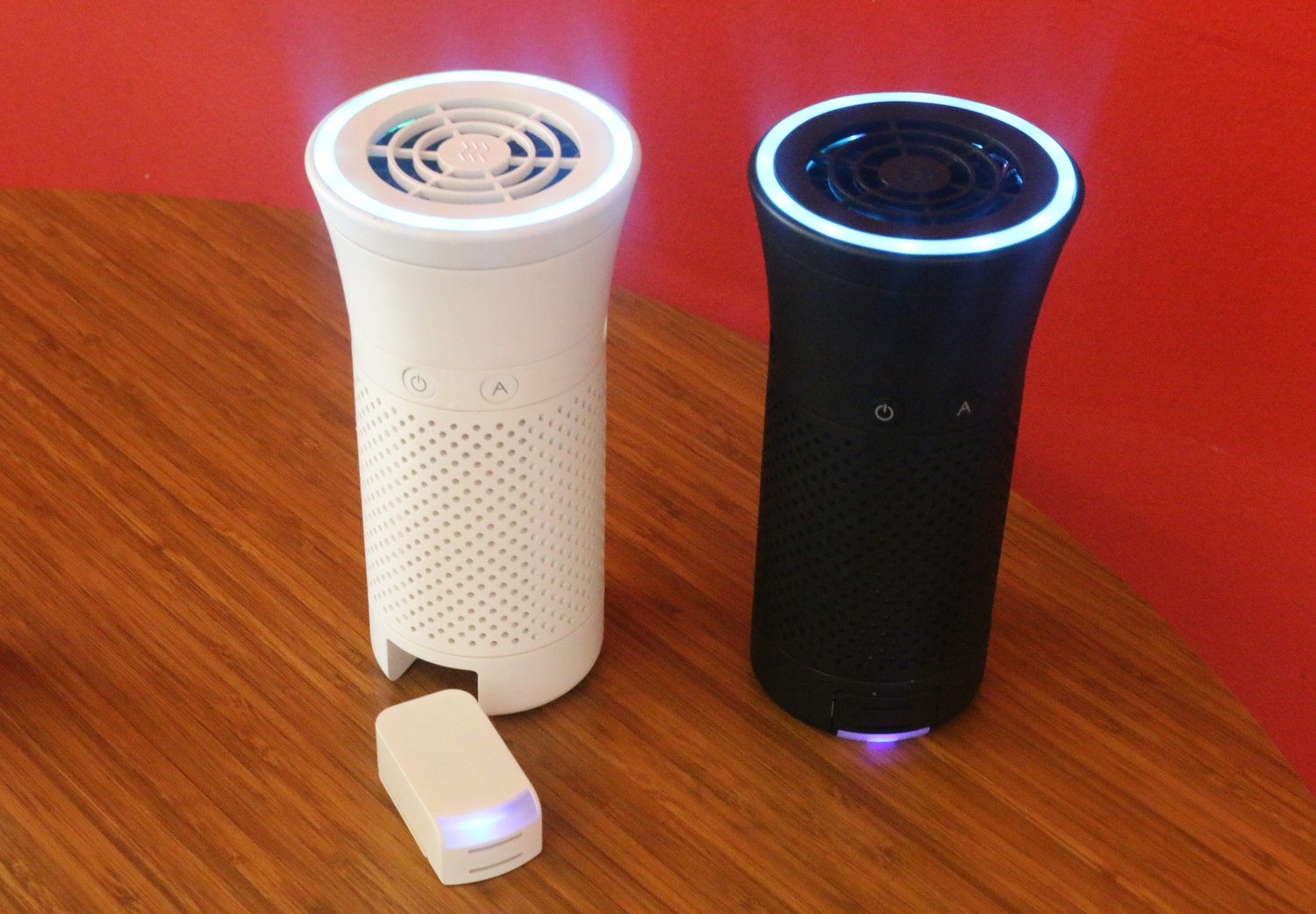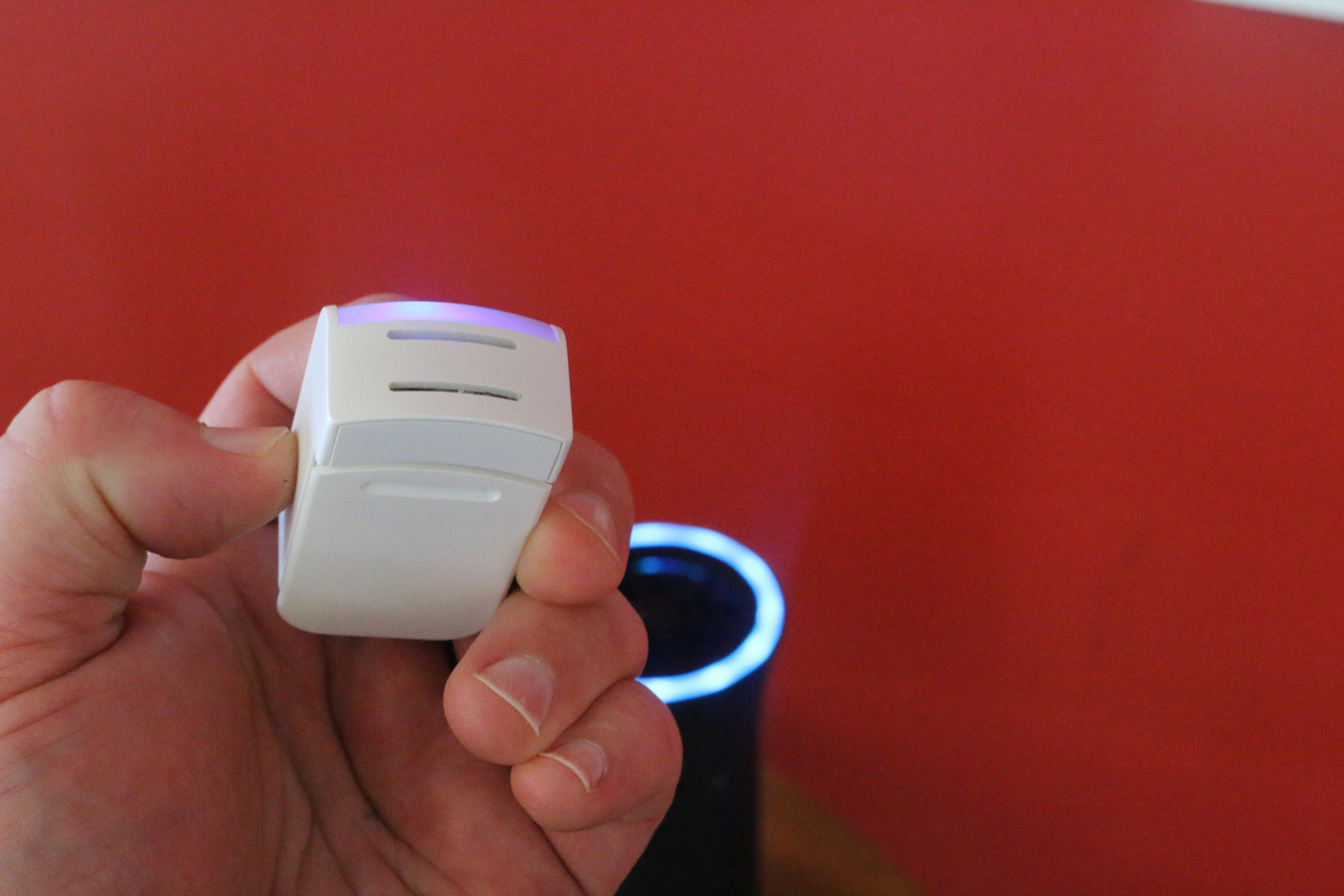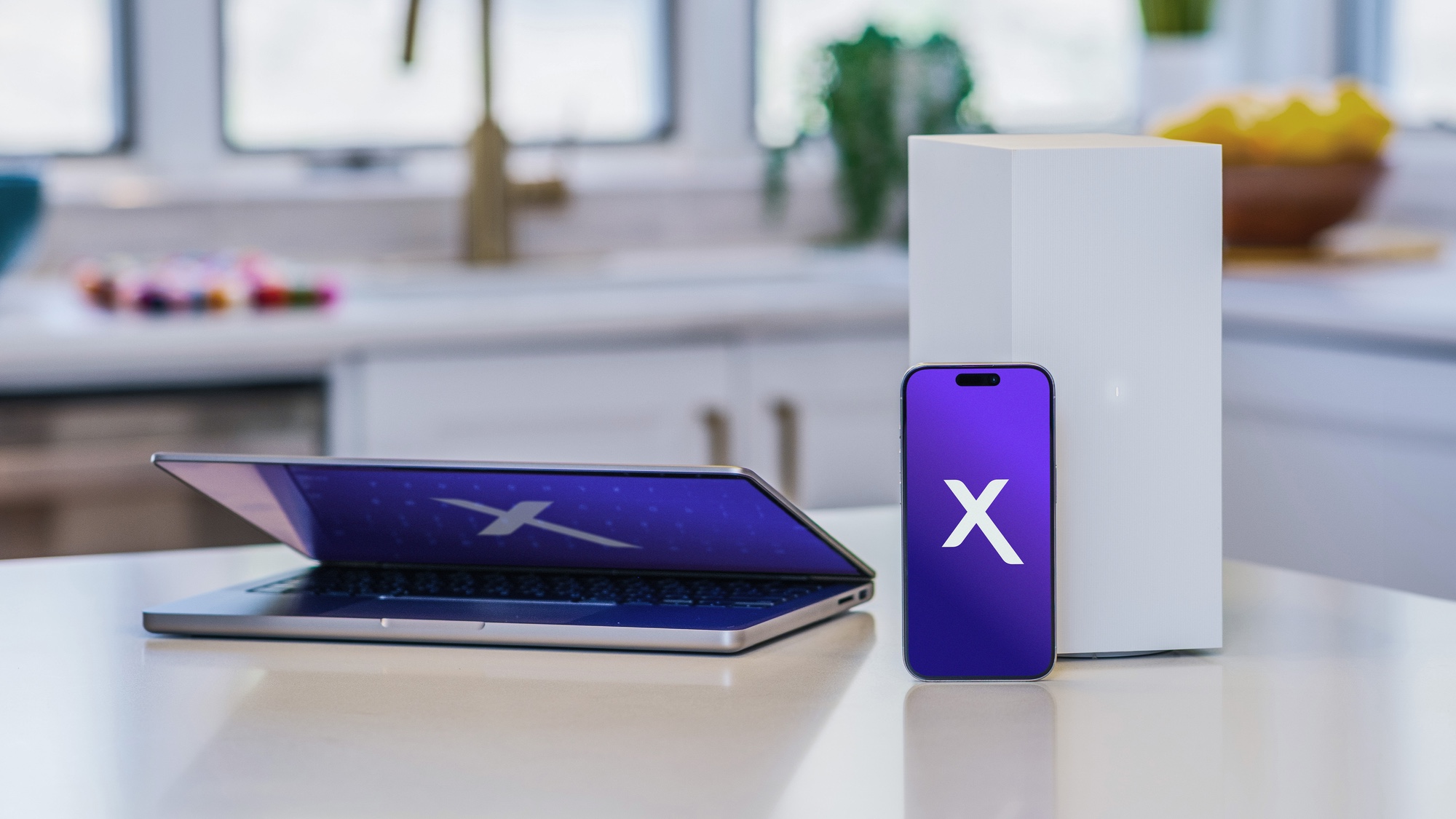This Smart Air Filter Wants You to Breathe Easier
The Wynd air purifier uses a sensor to automatically adjust the air quality around you. It's currently taking preorders via Kickstarter.
You can't see what's in the air that you breathe. But the sensor attached to the Wynd air purifier can figure that out for you, and actually do something to clean up that air before it hits your lungs.

Developed by Wynd Technologies, the Wynd device features a detachable sensor that can monitor air quality, adjusting the air purifier when it detects too much pollen, pet dander, allergens and anything else you'd be better off not breathing in. Wynd launches a crowdfunding campaign on Kickstarter today (June 2) with an introductory price of $139. The air purifier is expected to ship later this year by November with a $189 price tag.
MORE: Best Smart Home Tech - Systems, Gadgets, Devices
Portability is the name of the game with Wynd. At 6.7 inches tall and 2.8 inches at its base, the cylindrical air purifier is smaller than a water bottle. It's also lightweight — the purifier weighs less than 1 pound, Wynd Technologies CEO Ray Wu told me when demoing the device — meaning you can take it with you, whether that's around town or on a trip to a smog-choked city.
Wynd works by sucking air into the vents on its side, with the air passing through a medical-grade air filter. The air then passes through the top of the purifier, creating what Wu calls a bubble of clean air around you.
All of this happens relatively quietly. I picked up a Wynd just to see how portable it was, only to be startled that it was actually running. At its loudest, the purifier generates 45-50 decibels of noise, but at lower settings, the noise registers at 25 to 30 dBs. I certainly couldn't hear the Wynd while Wu and I chatted, though our demo took place in a crowded cafe.

As impressive as the purifier itself is, the Air Quality Tracker sensor seems to do a lot of the heavy lifting. It's what determines air quality and can nudge the Wynd purifier to stepping up the purification level when you use the device's auto mode.
Roughly the size of a lighter, the sensor detaches from the Wynd purifier, and a built-in clip lets you wear it. LED lights give you a quick, visual cue as to how the air is around you. The sensor's light remained purple the entire time Wu demonstrated the Wynd to me, but when the light turns red, you know that air quality has degraded significantly.

Wynd Technologies plans to sell the Air Quality Tracker sensor separately as an $89 device — it's available for $69 on Kickstarter — though I think its real value lies in its ability to work with the Wynd purifier. The sensor will integrate with a free iOS app that can log air quality and monitor trends, tap into air monitoring stations around the globe to give you more details about air quality, and keep track of the air quality for friends and family using the device.
Sign up to get the BEST of Tom's Guide direct to your inbox.
Get instant access to breaking news, the hottest reviews, great deals and helpful tips.
Wu sees this product becoming the "Waze of air quality," sharing data about air conditions in public spaces much as Waze shares traffic data. However, Wynd Technologies is still working on that feature. The Wynd app is set to arrive this fall at the same time as the purifier.
One of the features I appreciated about the Wynd app was its ability to tell you just how much air the Wynd purifier had cleaned up, putting that information in context. The app might tell you that you've filtered 38 milligrams of particulates, which it says is the equivalent of three smoked cigarettes.

The app can also tell you when it's time to change the filter on your purifier, going so far as to order a new filter for you. A price hasn't been set on replacement filters, but Wu estimates they'll cost between $5 to $7.
Wynd obviously seems geared toward international travelers whose comings and goings take them to places where the air quality isn't up to snuff. But Wu also thinks there's a market for users who suffer from pollen and pat dander allergies, along with general users who just want to breathe a cleaner mix of air.
- What's Next for Smart Home: Simplicity Trumps Smarts
- Best iOS Apps You're Not Using (But Should Be)
- Best Smart Home Hub
NDA: 6/2 9 a.m. ET
Philip Michaels is a Managing Editor at Tom's Guide. He's been covering personal technology since 1999 and was in the building when Steve Jobs showed off the iPhone for the first time. He's been evaluating smartphones since that first iPhone debuted in 2007, and he's been following phone carriers and smartphone plans since 2015. He has strong opinions about Apple, the Oakland Athletics, old movies and proper butchery techniques. Follow him at @PhilipMichaels.

